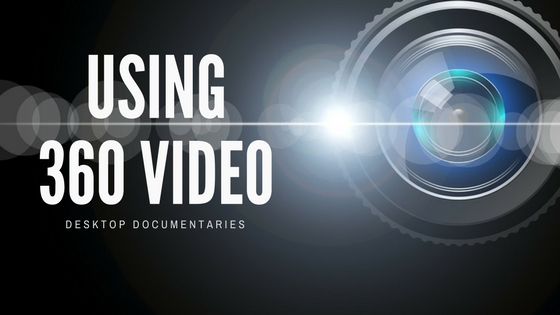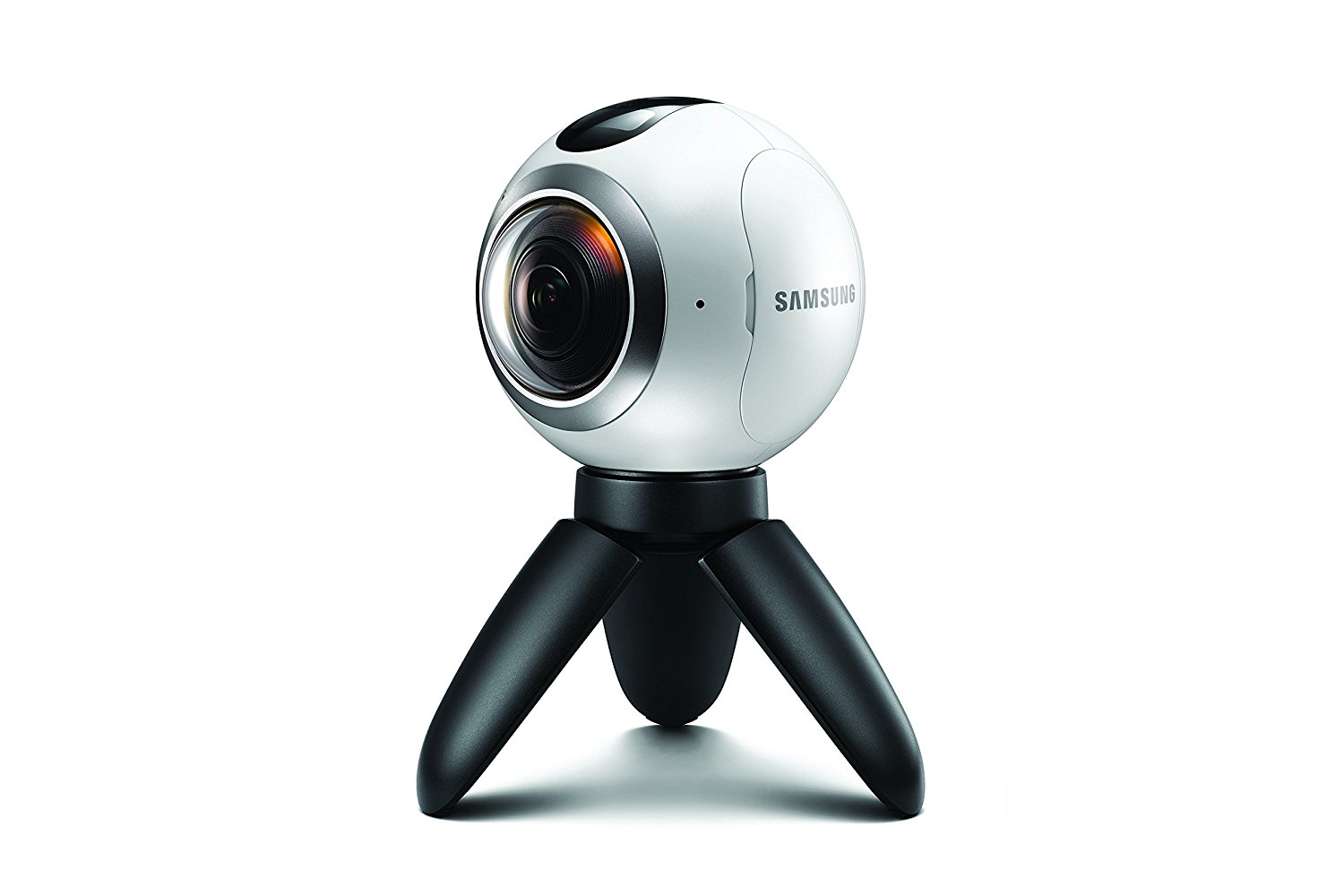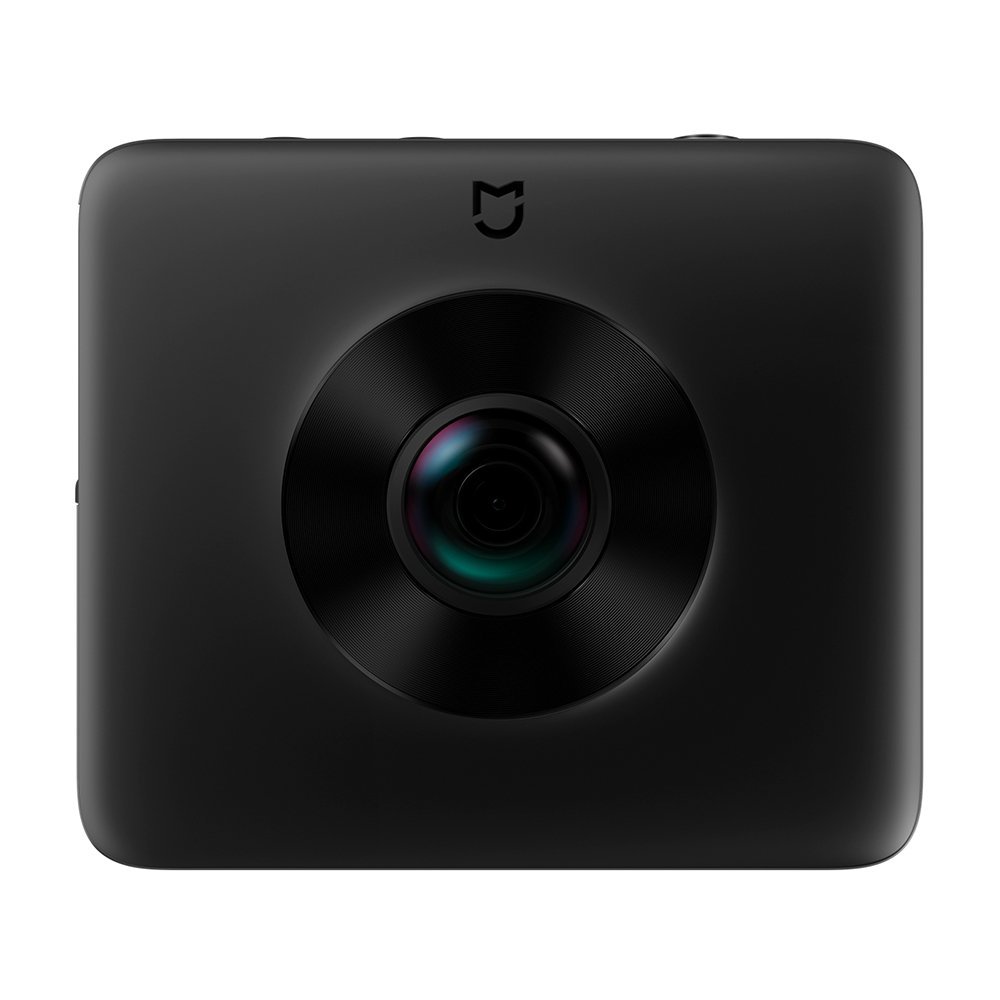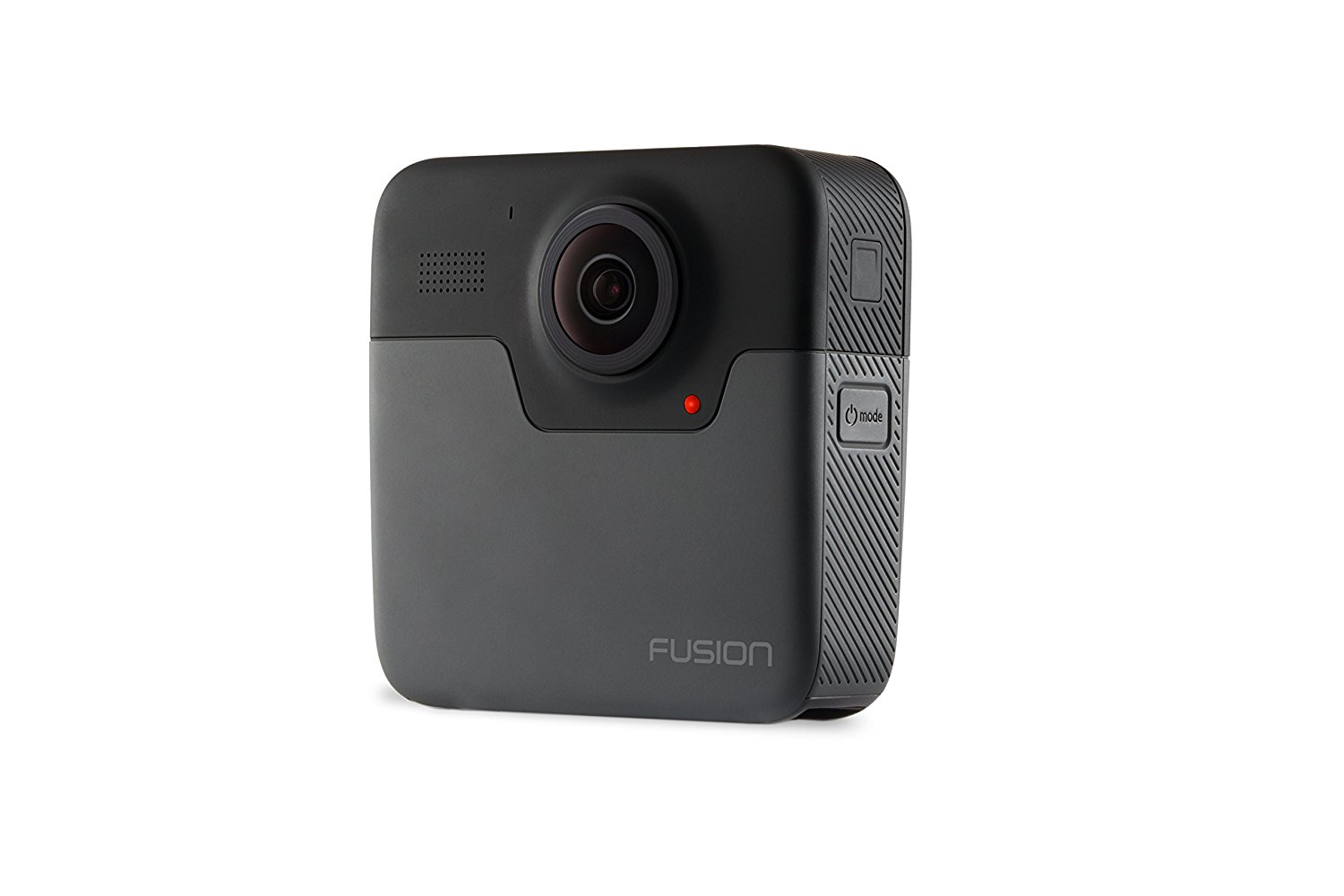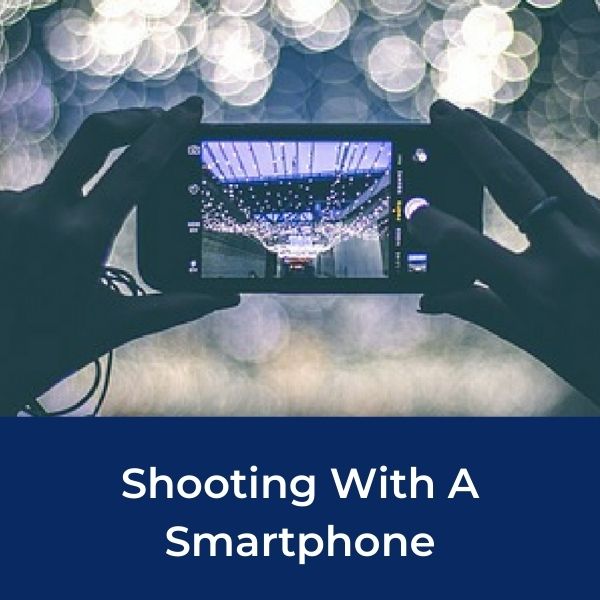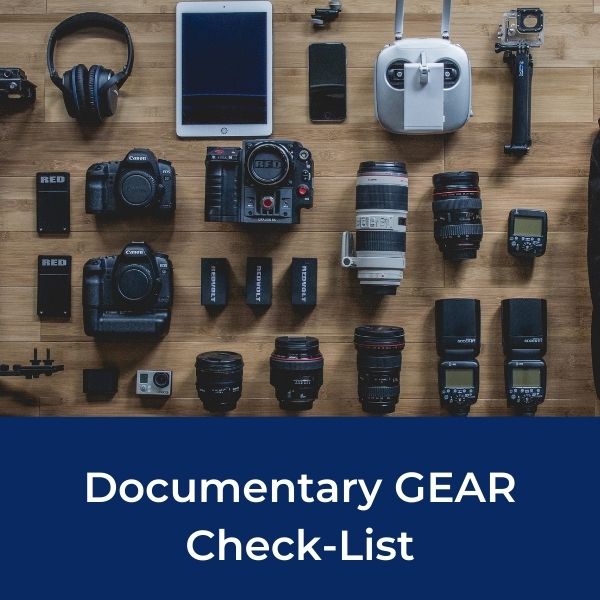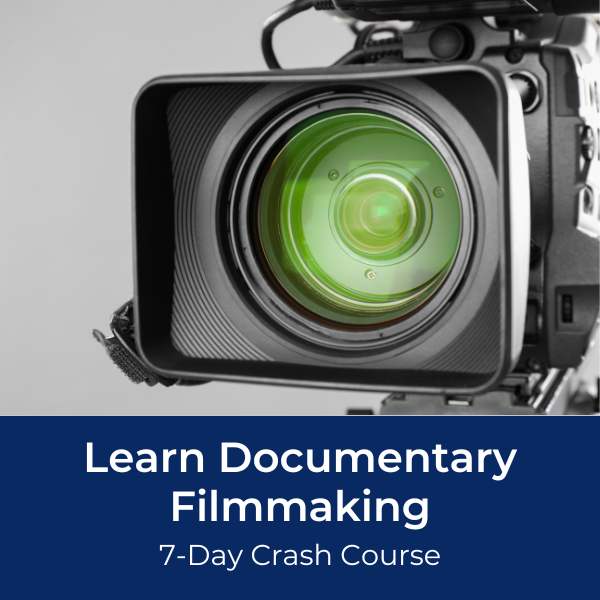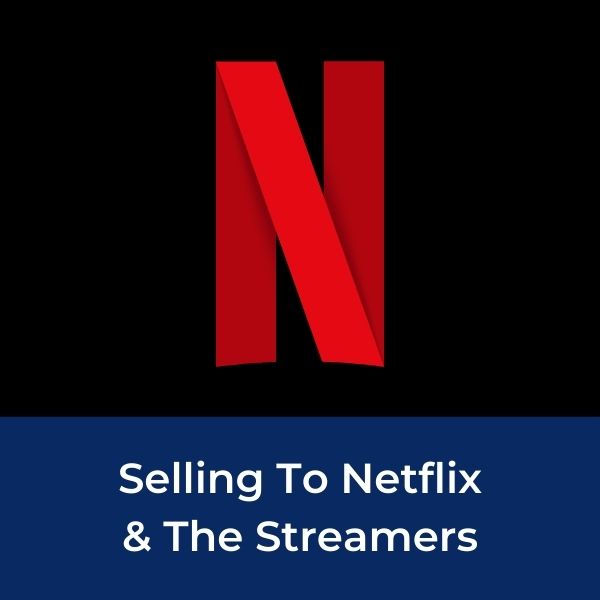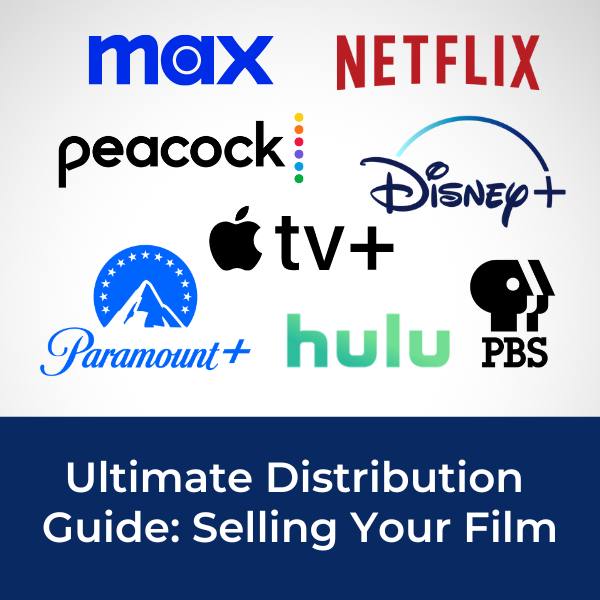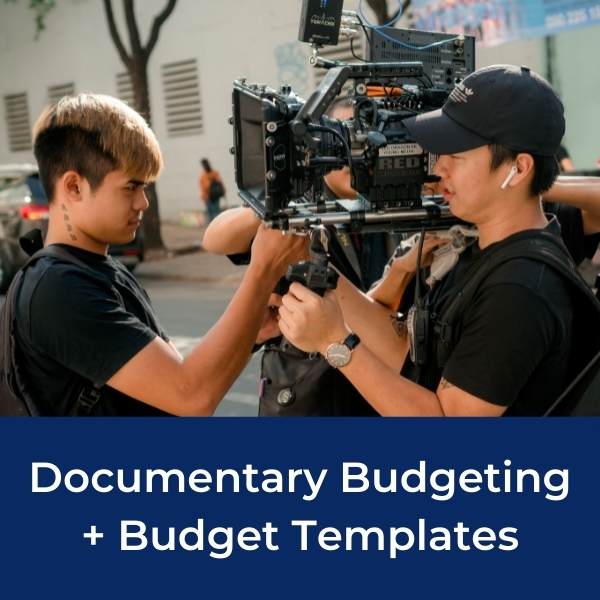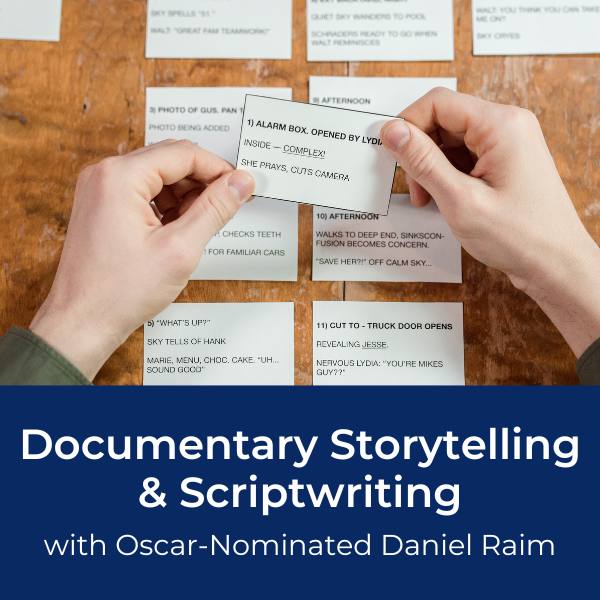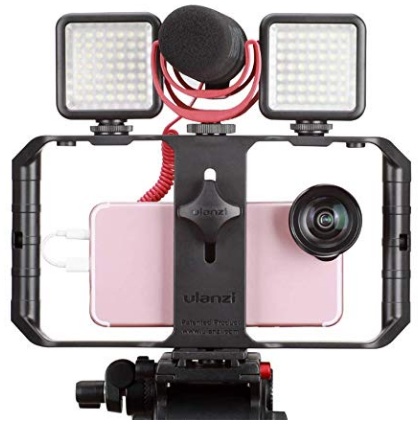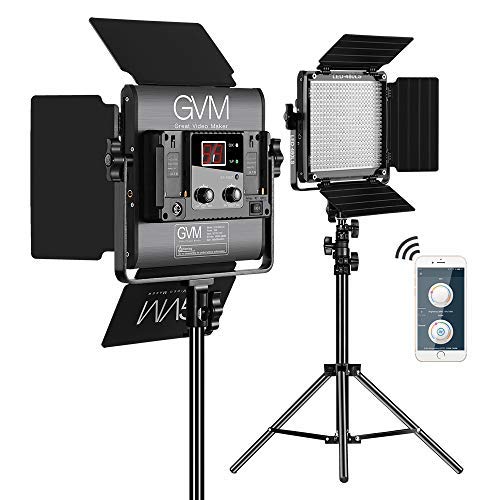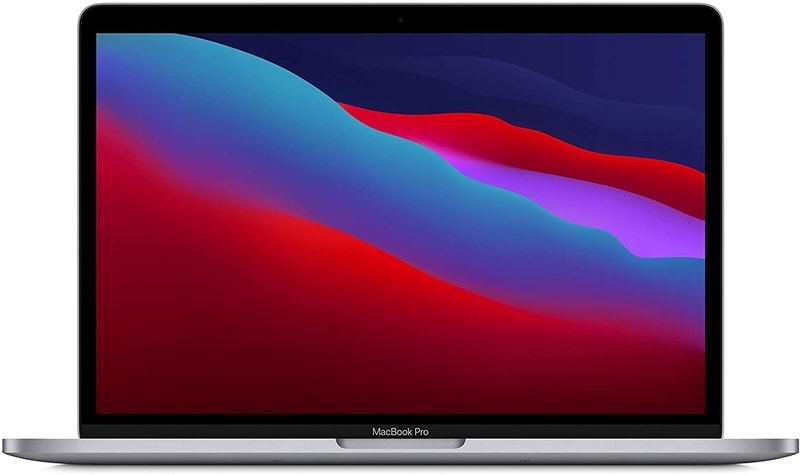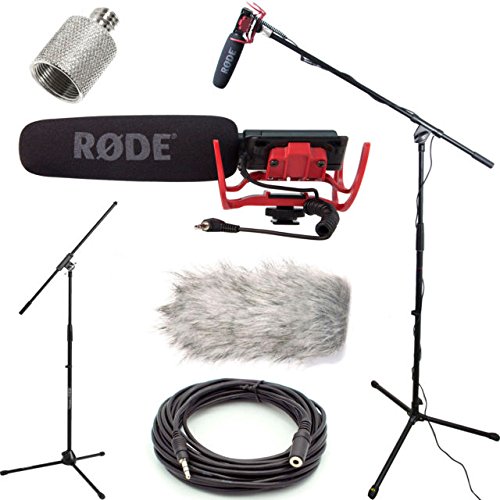Ideas For Using 360 Degree Video For Your Documentary

Published: May 8, 2018
Have you seen all the hype about 360-degree video & virtual reality and wonder how in the world it applies to making documentaries?
Are people even interested (or ready!) to watch documentaries in 360?
We've been asking these questions too, so we wanted to dive in and provide a bit of insight to help out.
Sponsored:
Sell your 360 videos, get inspired, join the Vimeo360 Community!
360-Degree Can Be Flattened!
First of all, 360-degree video can be "flattened" and used in your documentary just like any other clip of footage.
Desktop Documentaries stopped by the Insta360 booth at NAB 2018 in Las Vegas and were given a quick demo of how easy it is to flatten 360 degree video on your smartphone with the new Insta360 ONE Camera.
The term "to flatten" means that the viewer no longer has the ability to engage in the 360 degree view.
When a clip is flattened it is rendered as a "normal" video clip. That means no spinning around to look at everything for the viewer.
In addition, software allows setting pivot points that create the feeling of camera movement.
Check out the Insta360 demo below.
Demo with Insta360 ONE Camera
By setting pivot points in your 360 video, you direct how your shots will play out.
YOU determine what your viewers will (and will not) see.
As of this writing, 360 video is not widely utilized on televisions or in theaters. But YouTube is bringing 360 video to televisions and AMC Theaters has teamed up with Dreamscape Immersive to create VR rooms that are going up around the country.
No doubt, 360 degree video is here and likely to become a prominent storytelling technique.
The video below by PuraVida VR is a great example of how to utilize "flat 360 video". Remember, a flatted video is 360 degree footage altered so that you (the film's producer) dictate what your viewers see and what they don't see.
[VIDEO NO LONGER AVAILABLE]
Flattening 360 degree video allows you (or your shooter) to record everything - the full 360 degrees. In editing, you choose what the viewer will see. It is a simple and efficient way to ensure that you "get your shot". The phrase "we'll fix it in post" actually makes sense when shooting video in this manner.
Here's another 360 video example from PuraVida VR only this time you are actively engaged in the viewing process. (If you don't know how to watch 360 video click on the video and hold the mouse button down. Then move your mouse. You should begin to spin around. Some computers don't have this feature.)
The video above uses 360 video well. The narrator guides you along describing what you are viewing while providing interesting bits of information - much like any tour you've ever been on. By moving around the screen (engaging in the 360 video) you can get a good idea of what it would be like if you were actually on a walking tour.
360-Degree Video Can Be Used As A Stand-Alone Feature or Extra
Instead of thinking about 360 degree video for your entire documentary, think of how ONE ASPECT of your film might be suited for a 360-shot, such as a live concert or walking through a war zone.
This one 360-shot (or series of 360 clips) can be used on your documentary website as a "wow' extra to help people dive deeper into the subject matter. So your documentary provides the STORY and the 360-clip provides a more immersive experience.
Enjoy a front row view of Chance The Rapper from the media pit below the stage recorded on a monoscopic 360 camera.
Of course, if you have a blockbuster budget and a stereoscopic 360 camera, you can create mini-experiences derived from your film to help your viewers have an additional experience outside of the film itself, like this Kong VR experience. (A VR headset is needed to view)
You don't need a team of graphic designers and animators or Samuel L. Jackson to give your viewers another way of seeing and hearing your story. Find an "experience" relative to your documentary story and use a 360 degree camera to capture everything then use it as a stand-alone promotional or bonus item for your fans to experience.
Take for example this clip highlighting giant Redwood trees. If you were producing a documentary about Redwood trees, a clip like this could be added to your YouTube channel and used in social media to show the trees in their environment. Your viewers could simply experience walking through the forest and being with the trees.
An Interactive Documentary!
What about making an entire fully narrated documentary in 360?
Filmmakers are already experimenting and making this happen. Take a look at the following examples:
Refugees, produced by Scopic, shows dramatic 360 degree footage of Syrian refugees arriving by boat.
Shoemaker Toms provides shoes to those in need around the world. As part of their philanthropic work, Toms created a 360 degree video to document the results of their outreach with Ruthie, a Giving Partner in Peru.
From a production standpoint (specifically, shooting b-roll footage) a 360 degree video approach really simplifies the editing process. You can use 1 or 2 edits to cover a 20 or 30 second sound-bite.
The viewer creates their own version of b-roll as they spin around your scene.
The story below from The New York Times highlights this minimalistic editing process. Each clip is long enough to give you time to digest everything the camera sees and in some cases you are left to linger on a scene a bit longer.
By simply placing the camera in a scene you make your viewer empathetic. It becomes easier for audiences to understand the entirety of a story when they can see everything.
Being able to draw out more empathy than traditional video, 360 video is expected to rise within the ranks of the non-profit world as creating empathy is a critical component in non-profit marketing.
360 Video vs Virtual Reality (Yes there's a difference)
The terms 360 and virtual reality are often referred to as one in the same. But there are some key differences.
In simplified terms, you might typically watch a 360-degree video on your computer screen and scroll around the scene with your finger or mouse. Whereas with virtual reality, it's much more immersive and interactive.
Virtual reality requires specially designed rooms or it requires the user to wear a headpiece in order to gain full subversion. Virtual reality also often heavily utilizes computer graphics which gives the viewer more options once "inside". (ie. a video game).
As the article "Demystifying 360 vs VR" from Vimeo states, the primary difference between 360 and VR.. in 360, you are the PASSENGER (looking around). In Virtual Reality, you are the DRIVER.
360 Degree Camera Choices
Okay, so now you're convinced 360-video is a great option for you. But what 360 camera should you buy?
That level of detail may be best delivered at another time in another article. However, this video by LIFE in 360 gives a great overview of seven 360 cameras with real world comparisons of their photo and video performances.
360 Video Cameras
Recommended For You
- Drone Laws Resource Guide and Check-List For Filmmakers
- Get Kit For One-Man Documentary Film Crew (with Bob Krist)
- Five Documentary Filmmakers Choose Their Top Camera
Ready To Make Your Dream Documentary?
Sign up for our exclusive 7-day crash course and learn step-by-step how to make a documentary from idea to completed movie!
